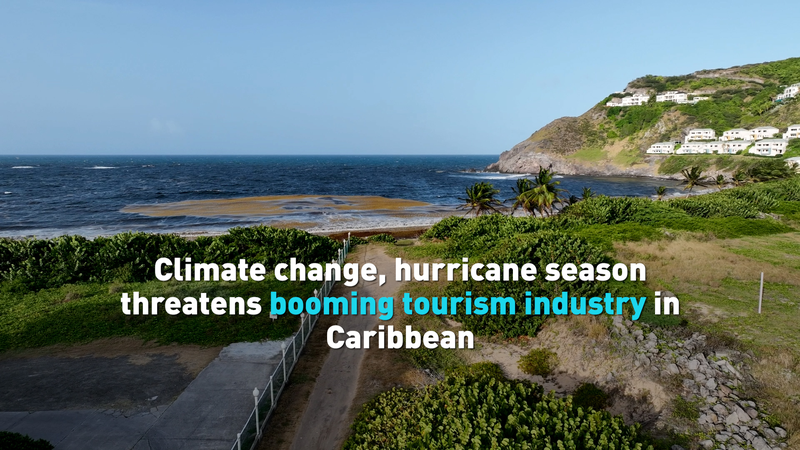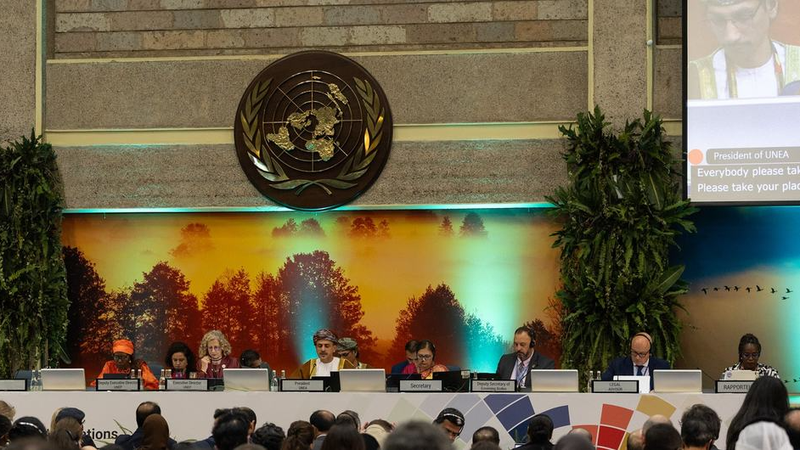As climate change intensifies, the Caribbean—famed for its azure waters and powdery sands—braces for a twin assault in 2025: an above-normal Atlantic Hurricane Season and record levels of sargassum seaweed washing ashore.
Meteorologists are forecasting up to 18 named storms this year, with 8 to 10 potentially reaching hurricane strength. Meanwhile, satellite data show sargassum mats spanning tens of thousands of square kilometres, choking beaches and disrupting marine life.
For island economies dependent on sun-and-sea tourism, the stakes could not be higher. Recent studies estimate that extreme weather events and coastal clean-ups may cost the region over $4 billion annually by mid-decade. Hotel closures, flight cancellations and shoreline erosion all ripple through local businesses, from dive shops to seaside restaurants.
But amid the challenges, innovators and communities are rallying. In Jamaica, local entrepreneurs are harvesting sargassum to produce organic fertilizers and biofuels. In the Bahamas, new early-warning smartphone apps and community shelters are improving hurricane preparedness. Eco-resorts in the Dominican Republic are investing in resilient infrastructure—elevated walkways and living shorelines—to protect beaches without harming coral reefs.
Travelers can play a role too. Off-peak visits, supporting eco-certified properties and respecting wildlife sanctuaries help reduce pressure on fragile ecosystems. By choosing sustainable tour operators and offsetting their carbon footprint, visitors can ensure their stay benefits both local people and the planet.
As the Caribbean charts a path forward, resilience and innovation will be key to preserving the region’s natural beauty—and its vibrant tourism economy—for generations to come.
Reference(s):
Climate change, hurricanes threatens tourism industry in Caribbean
cgtn.com




